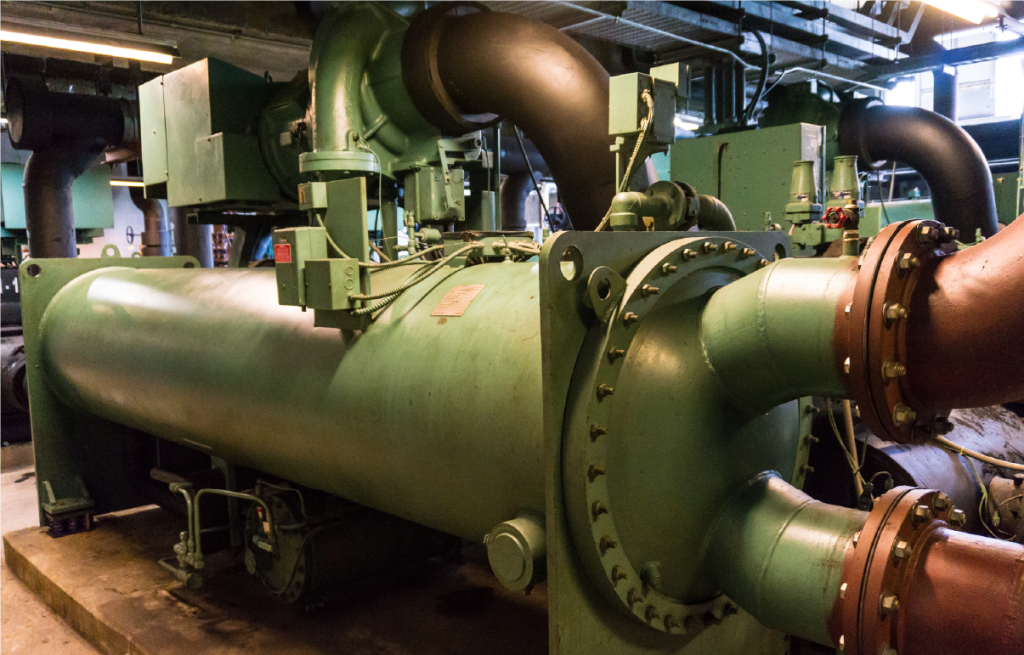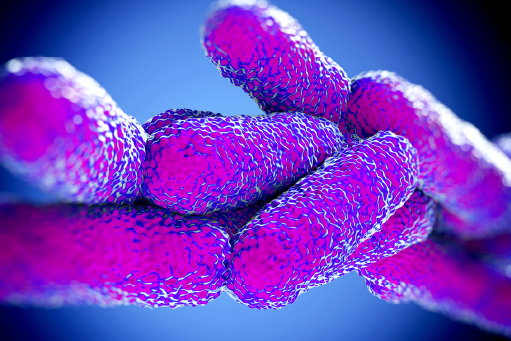If COVID-19 taught facilities managers and building engineers anything, it’s the importance of proper design and maintenance of air and water systems for stopping the spread of pathogens. But aside from Coronavirus, there are other deadly bugs we need to control if we are to create healthy environments for building occupants. Legionnaires’ disease is one of them.
What is Legionnaires’ disease?
Legionnaires’ disease is a serious respiratory illness caused by the bacterium Legionella pneumophila. It is typically contracted by inhaling small droplets of water that contain the bacteria and can occur when water vapor or mist from a contaminated source is inhaled into the lungs. Facility water and cooling systems can become a source of Legionella bacteria if they are not properly designed, installed, and maintained.
Outbreaks are common with facilities like hotels, vacation rentals, medical facilities and cruise ships. Public hot tubs, for example, present ideal conditions for Legionella pneumophila and are common sources for outbreaks. About 1 in 10 people who contract Legionnaires’ disease will die due to complications from the illness. In health care facilities, the mortality rate jumps to 1 in 4, according to the CDC.

Controlling the Spread
To minimize the risk of Legionnaires’ disease growing within water or cooling systems, it is important to follow best practices for the design, installation, and maintenance of these systems.
- Water Cooler System Design. Design water and cooling systems to minimize the risk of Legionella growth and proliferation. This includes using materials that are resistant to corrosion and scale formation, as well as designing the system to allow for proper water flow and circulation.
- Regular Maintenance. Regularly clean and maintain water and cooling systems to prevent the buildup of Legionella bacteria. This includes flushing the system to remove any sediment or debris and using water treatment chemicals to kill bacteria and prevent the growth of biofilm.
- Temperature Control. Maintain your water and cooling systems at a temperature too high for Legionella bacteria to grow. This typically means keeping the water temperature preferably above 124°F (51°C), and below 68°F (20°C). (Source: CDC)
- Control Your pH Levels. Legionella bacteria thrive in water with a pH between 6.0 and 8.5. To prevent the growth of these bacteria, it is important to maintain the pH of the water in the system outside this range. Studies show that a pH of 9.6 prevents the bacteria’s growth in cooling towers. (Source: Water Research).
- Disinfection. Regularly disinfect water and cooling systems to kill any Legionella bacteria that may be present. This can be done using chemicals such as chlorine or monochloramine or by using UV light to kill the bacteria.
- Risk Assessment. It is important to regularly assess the risk of Legionella growth in water and cooling systems. Implement appropriate control measures as needed. This may include regularly testing the water for the presence of Legionella bacteria and implementing additional measures such as water treatment or increased cleaning.
In addition to these measures, it is important to educate employees and building occupants about the risks of Legionnaires’ disease and how to prevent it. This may include providing information about the signs and symptoms of the disease and reminding people to wash their hands frequently to reduce the risk of infection.
Overall, the key to preventing Legionnaires’ disease from water and cooling systems is to properly design, install, and maintain these systems. By following these best practices, you can significantly reduce the risk of this serious and potentially life-threatening illness.

